Book Appointment Now
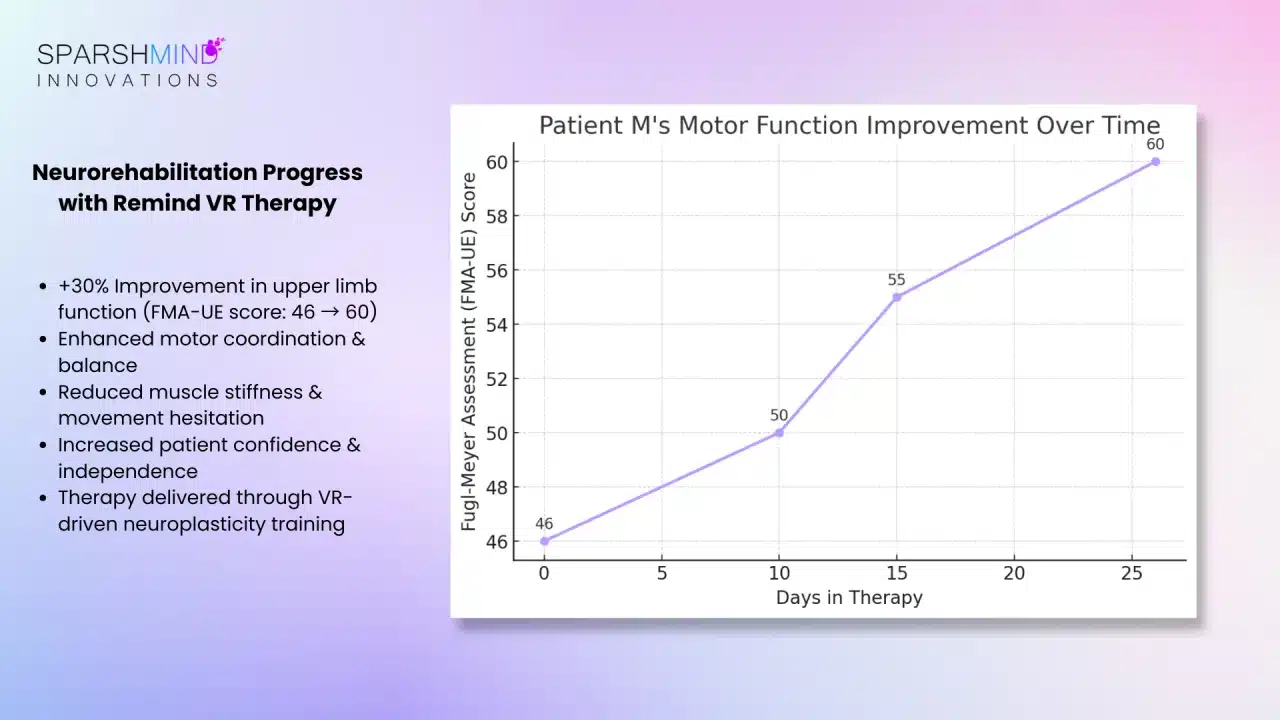
A 19-Year Battle with Spasticity—How Virtual Reality Enabled Meaningful Recovery
Patient Background
Patient M is a 32-year-old individual who has been living with spasticity since the age of 13. The condition primarily affects the left arm with grade 3 spasticity according to the Modified Ashworth Scale (MAS).

The patient also experiences psychological symptoms, including extreme mood fluctuations.
Pre-Treatment Challenges
Before beginning Remind VR Therapy, the patient expressed skepticism about the treatment approach. Key concerns included:
- Conceptual misunderstanding: The patient expected a device applied directly to the affected hand rather than one placed over the eyes
- Safety concerns: Worry about potential eye damage from the VR headset
- Efficacy doubts: Uncertainty about whether the therapy would produce meaningful results
- Operational difficulties: Initial challenges understanding directions and operating the device
Impact on Daily Life
The patient’s condition significantly impacted daily functioning across multiple domains:
- Mobility: Muscle weakness, balance issues, and difficulty using hands
- Cognitive Function: Memory issues, trouble concentrating, and language comprehension difficulties
- Emotional Well-being: Depression, anxiety, and mood swings
- Independence: Challenges with everyday tasks, social interactions, and work activities, often requiring caregiver assistance
Previous Treatment Approaches
Prior to Remind VR Therapy, the patient received conventional therapy on an as-needed basis.
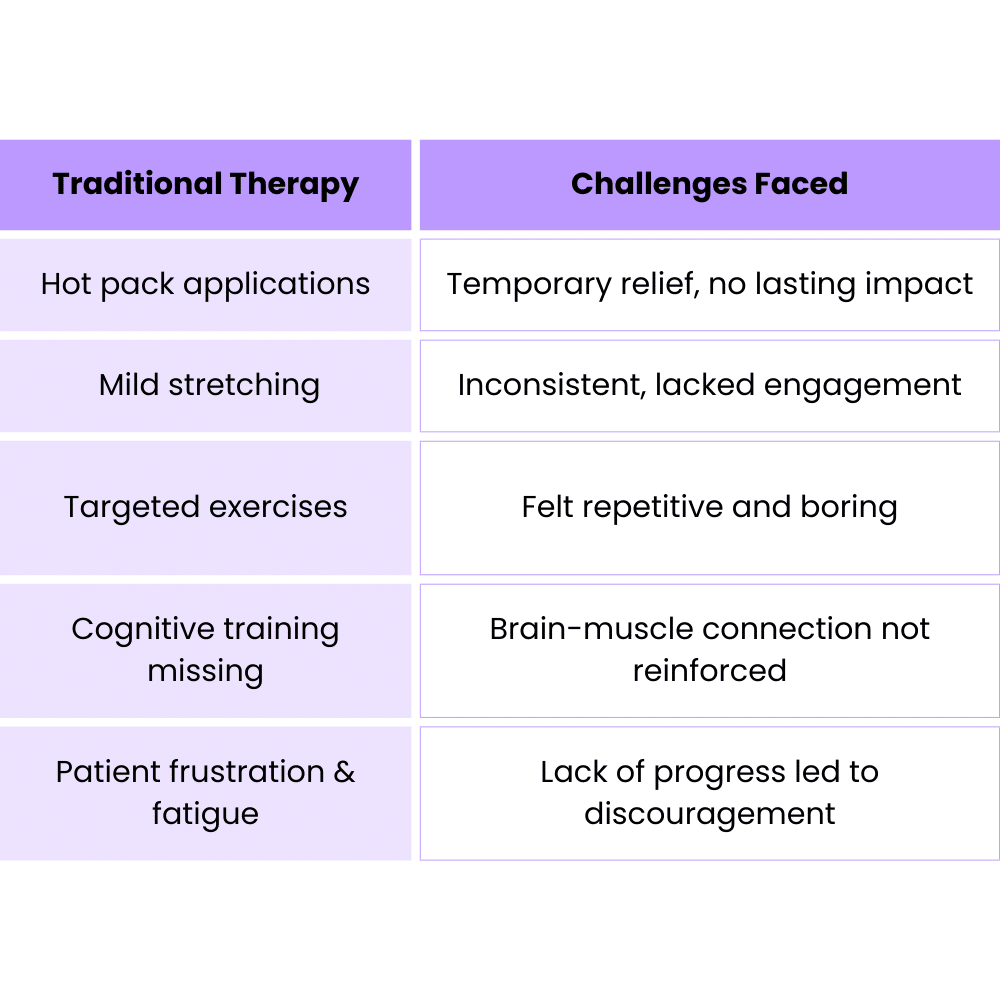
Transition to Remind VR Therapy
The patient was introduced to Remind VR Therapy as a novel treatment option that could potentially accelerate recovery. The therapy was presented as a tool to:
- Enhance focus and engagement
- Facilitate activities involving both hands
- Enable longer exercise sessions (50-60 minutes) without fatigue
- Allow pain-free movement activities
Personalized Therapy Approach
The therapy protocol was customized specifically for the patient’s condition:
- Activities designed to focus on the affected left hand
- Exercise design accounting for movement restrictions
- Task simplification to ensure successful completion
- Session frequency: 5 days per week
- Average session duration: 45 minutes
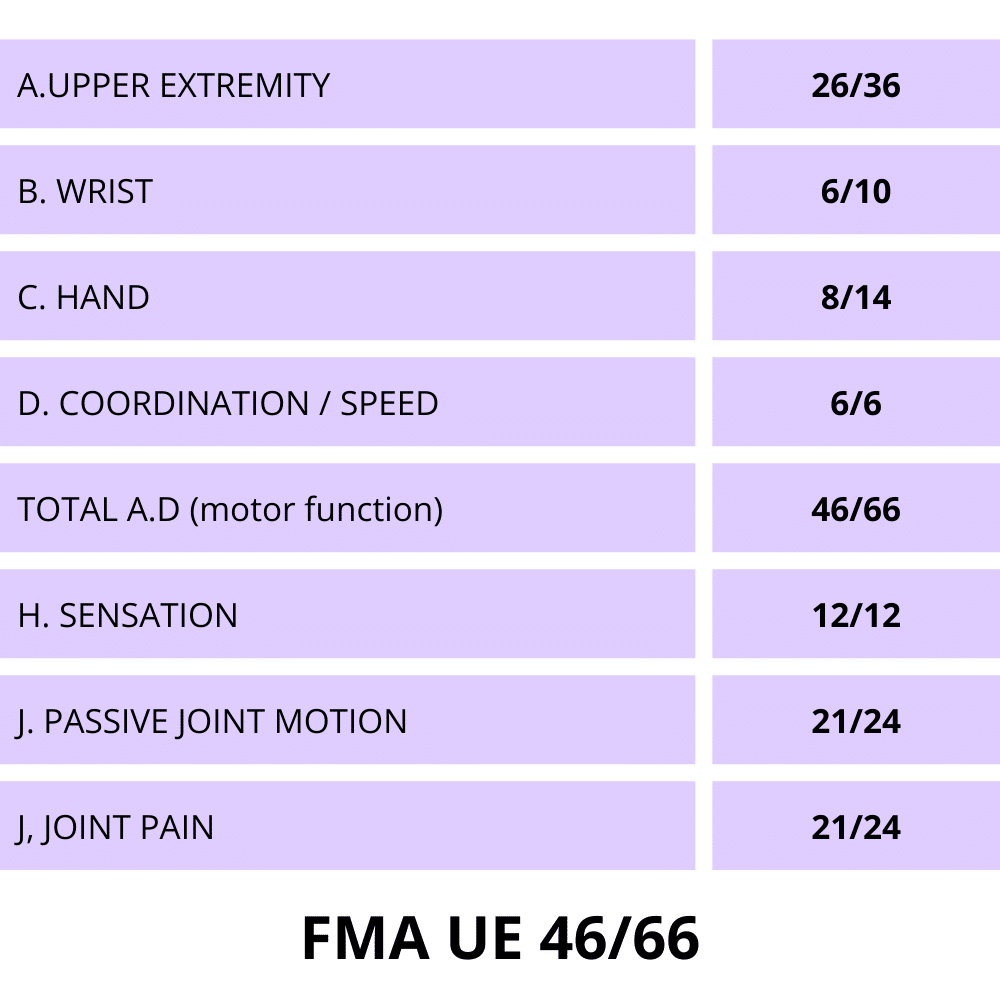
As therapy progressed, activities evolved based on the patient’s specific needs. For patients with coordination issues, Single-Stimulus Training (SST) activities were initially introduced, followed by single-arm activities to progressively improve coordination and movement.
Observed Improvements
During the course of therapy, the patient demonstrated improvements in multiple areas:
- Enhanced coordination and balance
- Increased grip strength
- Improved focus and motor planning
- Better sensory awareness
- Heightened motivation and cooperation
- Reduced muscle stiffness
- Decreased movement hesitation
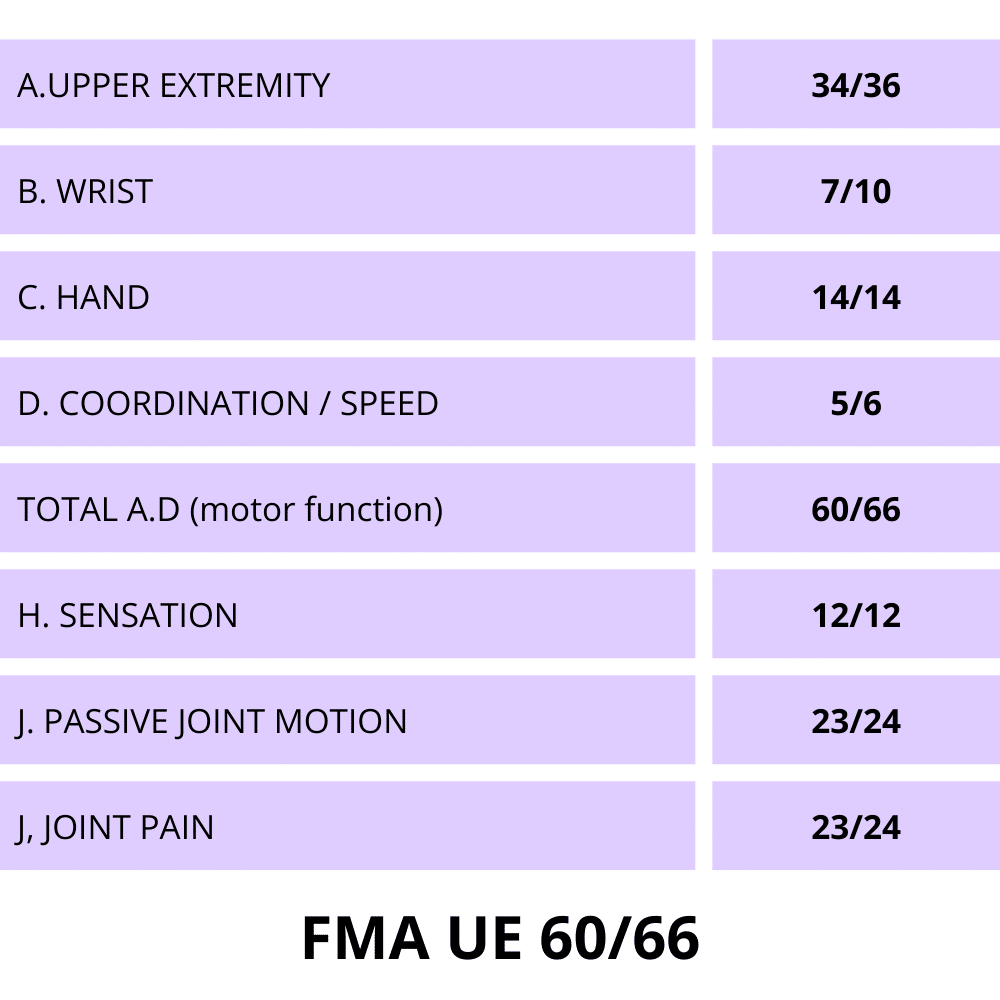
Timeline of Progress
The patient began showing noticeable improvements within 15 days of initiating Remind VR Therapy. A significant milestone was reached when the patient started performing basic activities independently.
- Day 1-10 – Initial adaptation, overcoming skepticism
- Day 10-15 – Noticeable improvements: reduced pain, increased confidence
- Day 26 – Major gains in motor function (FMA-UE score: 46/66 → 60/66)
- Beyond 26 Days – Strengthened posture, improved muscle balance, greater independence
Psychological Response
The patient’s psychological response to Remind VR Therapy was markedly positive:
- Initially hesitant but gradually became more comfortable and focused
- Improved ability to follow instructions without interruptions
- Enhanced confidence in movements
- Greater persistence in completing tasks
- Reduced frustration
- Improved sense of control over movements
Family and Caregiver Observations
Family members and caregivers reported significant positive changes in the patient’s condition, reinforcing the objective improvements observed during therapy sessions.
Comparative Efficacy
When compared to traditional therapy methods, Remind VR Therapy offered several advantages:
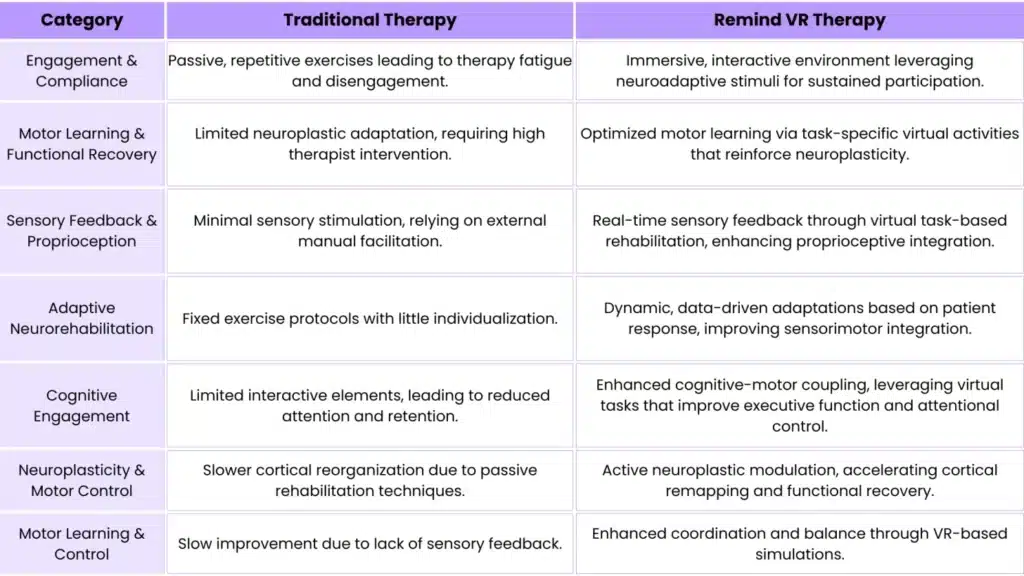
Unexpected Benefits
Beyond the targeted improvements, therapy also yielded several unexpected benefits:
- Strengthened neck muscles and improved neck movement
- Enhanced back muscle strength
- Improved sitting balance
Patient Feedback
The patient and family expressed high satisfaction with the therapy, noting:
- Enjoyment of the therapy experience
- Perception of greater effectiveness compared to manual therapy
- Appreciation for the self-directed nature of activities, supporting earlier independence
Challenges and Adjustments
After approximately 10 days of therapy, improvements were observed in:
- Increased range of motion
- Elimination of pain during joint movement
- Greater confidence in active movements
- Improved sitting posture
Treatment Outcomes and Long-Term Benefits
The final outcomes of the treatment included:
- Improved motor function
- Reduced muscle stiffness
- Increased strength
- Enhanced balance
- Better hand function
- Greater independence in daily activities
Long-term benefits are expected to include:
- Sustained mobility improvements
- Prevention of complications such as joint stiffness and muscle atrophy
- Increased overall confidence
- Enhanced independence in daily living
Clinical Implications
This case study provides substantial evidence supporting the positive impact of Remind VR Therapy on neurorehabilitation outcomes. The findings suggest that this approach may be particularly valuable for patients with long-standing spasticity who have plateaued with traditional therapy approaches.
Lessons for Future Applications
Key insights from this case that can refine future VR therapy sessions include:
- Customizing difficulty levels based on patient progress to optimize engagement and prevent frustration
- Incorporating structured breaks to manage fatigue while maintaining participation
- Reinforcing real-world functional tasks in VR to enhance motor learning and carryover to daily activities
- Gathering continuous patient feedback to adjust therapy intensity and provide motivation
- Integrating complementary therapies (mirror therapy, stretching, hot packs) to maximize VR’s effectiveness
Contribution to Broader Healthcare Mission
This success story aligns with SparshMind’s broader mission in neuro-healthcare by demonstrating the effectiveness of innovative rehabilitation techniques in improving neuromuscular function and patient independence. It highlights how consistent therapy, patient engagement, and advanced technology can lead to measurable improvements in range of motion, pain reduction, balance, and overall confidence.
